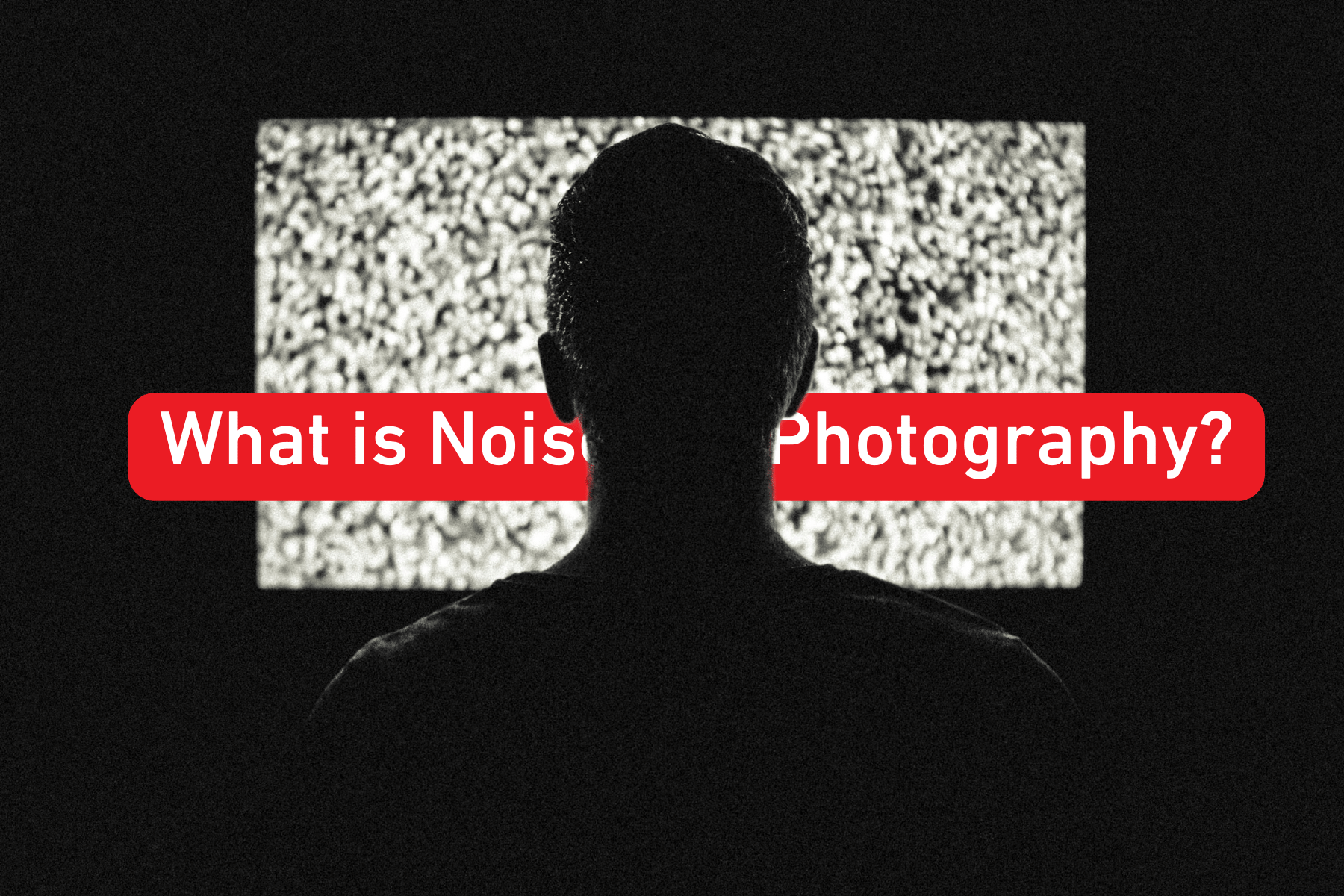Coping with image noise in digital photography can pose challenges, but there's no need to worry, as several effective techniques exist to address it. This troublesome disturbance emerges as minuscule specks of unexpected color or brightness that disrupt the intended composition. It often intrudes when capturing images in low-light conditions, resulting in noise resembling grainy film or introducing odd hues that distort the photograph's overall integrity.
In technical terms, noise emerges when the signal-to-noise ratio becomes inadequate. This ratio quantifies the signal quality compared to background noise, measured in decibels. While specific rules aren't set, professional photographers aim for a signal-to-noise ratio of at least 30 dB. Higher ratios signify less noise and more visually appealing photos.

Three Common Types of Photography Noise
Photography necessitates both creativity and technical understanding. One technical aspect involves recognizing the three main types of noise encountered in digital photography:
Random noise
Occurs as pixels exhibit distinct colors or intensities from neighboring pixels. This often arises when shooting in poor lighting conditions with elevated ISO settings. However, the random noise pattern might vary between two shots even under identical conditions.
Related article: What is ISO in Photography - When do I Use it?
Fixed Pattern Noise
More conspicuous, featuring brighter faulty pixels. It emerges when the camera is exposed to excessive light or high temperatures. Unlike random noise, fixed pattern noise remains consistent between shots taken under the same conditions.
Banding Noise
Appears as lines or stripes in photos, often tied to the camera's model. Its occurrence might be more frequent with high ISO values, shadow-rich images, or specific white balance settings.
Related article: White Balance Photography: What is White Balance

Understanding the Origins of Noise
High ISO Values
Images can turn fuzzy or speckled when capturing photos in low light due to "image noise," common in dim conditions. ISO settings on the camera help capture more light, but increasing ISO can also amplify noise, akin to increasing the volume on a guitar amp—louder but distorted. Smaller cameras, like smartphones, reveal noise around ISO 400, worsening at ISO 800. Larger cameras, such as mirrorless cameras or DSLRs, handle higher ISO settings better due to their larger sensor size.
Pixel Density
Digital sensor quality impacts image quality. Megapixels and sensor size matter. A 14-million-pixel sensor might exhibit more noise than a 10-million-pixel sensor of the same size. Smaller pixels compromise light intake, necessitating higher sensitivity (gain), which introduces distortion. Larger sensors with fewer pixels or the exact pixel count mitigate distortion.
Shutter Speed
Long exposures demand care to prevent luminance noise. Strategies include lower ISO settings for reduced noise (though darker images) and using cameras with larger sensors, known for superior noise handling.
Related article: Long Exposure Photography Tips
Shadows
Mastering light and shadows is crucial in photography. High ISO settings can reveal grain in shadowed areas, accentuated when using software to brighten images.

Luminance Noise
Luminance noise resembles the familiar film grain that many photographers are acquainted with, manifesting as fluctuations in brightness. On the other hand, color noise presents itself as vividly colored pixels that starkly contrast with the surrounding colors in the image. In the realm of color noise, you might observe a blue pixel adjacent to a red one, followed by a green one. Moreover, color noise tends to exhibit uneven and blurred patterns.
Related article: How to Use Color Theory to Create Visually Pleasing Images?
Luminance noise is generally rectifiable through adjustments using the luminance noise reduction slider in applications like Lightroom. Handling color noise is more intricate and requires caution, as excessive noise reduction can inadvertently introduce excessive blurring and smoothing to your images. It's essential to proceed gently, as overly aggressive noise reduction can lead to an artificial, "plastic" appearance in your photographs.

Balancing Noise in Photography
Noise is akin to seasoning in cooking—appropriate amounts enhance excessive ruins. For some scenes, noise adds authenticity, like shot noise's gritty aspect. Yet, noiseless, sharp images suit architecture. Display quality influences noise perception; larger, detailed displays accentuate noise. Ultimately, noise perception varies by taste and context.

Noise Reduction Techniques
Noise reduction enhances photo clarity and sharpness through software. Filters spot noise and adjust it to match the surroundings. Strong filters risk erasing detail, prompting AI-powered tools to distinguish noise from detail effectively. These tools eliminate noise while retaining desired image elements, enhancing overall quality.
In photography, noise emerges as a multifaceted element, posing challenges and inspiring. From the nuanced artistry of random noise to the more prominent patterns of fixed noise and even the distinct characteristics of banding noise, these visual disruptions provide photographers with a distinctive medium for self-expression.
In photography, noise emerges as a multifaceted element, posing challenges and inspiring. From the nuanced artistry of random noise to the more prominent patterns of fixed noise and even the distinct characteristics of banding noise, these visual disruptions provide photographers with a distinctive medium for self-expression. Rooted in factors such as ISO, pixel density, and shutter speed, the origins of noise craft a sophisticated interplay between technical prowess and artistic ingenuity. Analogous to a chef meticulously seasoning a dish, photographers skillfully harmonize noise to evoke emotions, enrich narratives, and enthrall audiences.
Through the noise lens, photography transcends the pursuit of flawlessness, embracing flaws as indispensable components of its storytelling. It serves as a poignant reminder that, much like life itself, beauty often emerges from the delicate balance of opposing elements.
Related article: How to Tell a Story with Your Photos
Thanks for taking a read and learning about photo noise! Everything you encounter in photography will have a nuanced backstory. Very little ever fully "right" and "wrong," so it's good to deep dive into these commonly misunderstood aspects of photography.
Related article: What is the Exposure Triangle — Aperture, ISO & Shutter Speed
Related article: What is Metering in Photography?
Related article: The Psychology of Photography
Related article: The Importance of Editing Your Photos
Related article: How to Choose Your Photography Style












